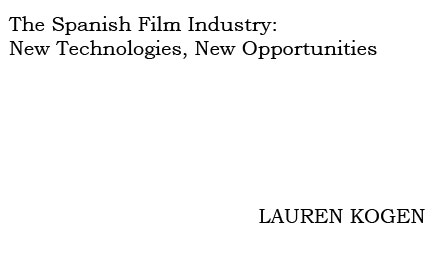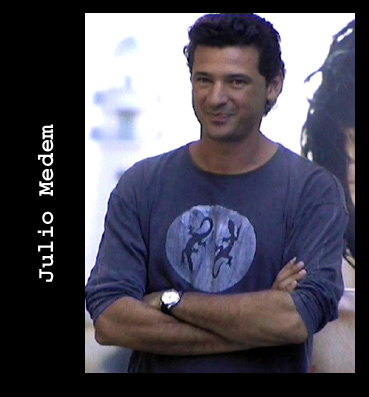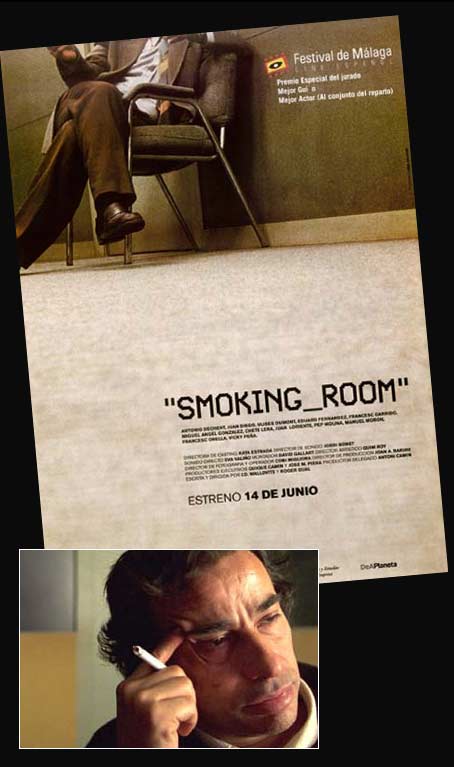

In Spain, few films have been shot digitally. The most prominent example of a high-end digital production is Julio Medem's Sex and Lucía (Lucía y el Sexo, 2001). Medem used Sony's CineAlta 24p camera, which was given to him by Sony to promote the new technology. Tomás Pladevall, a seasoned director of photography and the President of the Spanish Association of Directors of Photography (AEC), cites this film as a good example of the productive use of digital technology, in that Medem, working with experienced director of photography Kiko de la Rica, was able to compensate for the problems associated with the medium by using those limitations to his artistic advantage: ‘All the elements work together. What would be a defect, he turns into an effect. Because of the low contrast ratio of video, [de la Rica] overexposes and uses extremely bright exteriors.'27 Because these visual choices were appropriate to the film's plot, Medem was able to use the inherent flaws of digital filming to his advantage, and incorporate the visual effects into his surreal, dream-like storyline. Because he was aware of the differences that come with filming digitally and was able to work with them, his final product was visually comparable to a film shot on celluloid.
Smoking Room (Roger Gual, Julio D. Wallovits, 2002), shot on MiniDV, achieves the opposite effect of Medem's film. It is clear that it's shot digitally – so much so that the visual quality of the image helps make it appear to be a documentary. Like Sex and Lucía , however, the directors are aware of the visual effects of video and intentionally use them to support the storyline. The plot, concerning a Spanish subsidiary of an American company, follows the plight of one worker to save the company's smoking room from the malicious, anti-nicotine American directors. The indignation of the workers unfolds and is analyzed through interviews and conversations filmed in close-up. This creates a very intimate picture, while at the same time accommodating the problem of digital film's exaggerated depth of field. Gual and Wallovits further use shaky camerawork, combined with the poorer quality of the film image to reinforce the impression that the narrative is a work of non-fiction. By mimicking the codes, conventions and ‘look' of an interview-based film documentary, the directors promote the audience's acceptance of the new digital format by making an association with – making it resemble – one they are already familiar.
La Fiesta (Manuel Sanabria, Carlos Villaverde, 2003) demonstrates the possibility for financial success of micro-budget productions. Shot on MiniDV for €5,500, this film falls into the Blair Witch category of low-budget filmmaking, albeit on a smaller scale. Through word of mouth and an interactive website, this small film was able to bring in over €1 million at the box office, an accomplishment achieved by less than 20 Spanish films that year. The film's success probably had less to do with the ‘quality' of the film than with the directors' choice of genre. Unsurprisingly, teen comedies of this ilk, involving themes of love and sex, tend to do very well. However, despite its potential box-office draw, its unsophisticated storyline kept the film from receiving state funding, while its directors' lack of experience made private investment unlikely. Having access to an inexpensive camera allowed the team to make a film which could not have been made by conventional means and launched the careers of its creators.

At this point, digital film is used in Spain only in very specific instances. No films other than Sex and Lucía have been shot wholly on high-end cameras, and few have used other HD cameras. Because there are so few digital theatres in Spain , no films are made with the intention of screening digitally. For first-time directors, such as those of Smoking Room and La Fiesta , small budgets make low-end digital production an attractive option, but nevertheless many shoot films digitally in the hope that they will get picked up by a production or distribution company for transfer to 35mm film. The infrastructure is simply not yet in place to make high-end digital filmmaking worthwhile. As Pladevall asserts: ‘The only productions in Spain that merit using high-end HD are those directly sponsored by [the camera company]. We don't have any George Lucas productions here.'28


